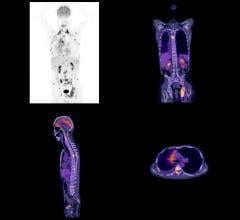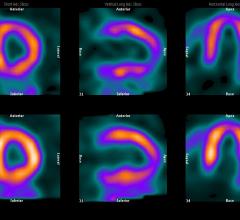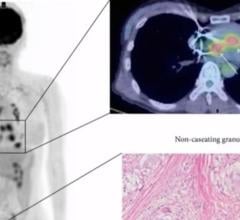April 3, 2020 — A new guidance document on best practices to maintain safety and minimize contamination in nuclear ...
PET Imaging
Positron emission tomography (PET) is a nuclear imaging technology (also referred to as molecular imaging) that enables visualization of metabolic processes in the body. The basics of PET imaging is that the technique detects pairs of gamma rays emitted indirectly by a positron-emitting radionuclide (also called radiopharmaceuticals, radionuclides or radiotracer). The tracer is injected into a vein on a biologically active molecule, usually a sugar that is used for cellular energy. PET systems have sensitive detector panels to capture gamma ray emissions from inside the body and use software to plot to triangulate the source of the emissions, creating 3-D computed tomography images of the tracer concentrations within the body.

As hospital imaging departments look to replace aging nuclear scanners with updated technology, many are asking if ...

There were a few key takeaways from the American Society of Nuclear Cardiology (ASNC) 2019 annual meeting in September ...
Cardiac positron emission tomography (PET) is growing in popularity among cardiologists because it provides the ability ...
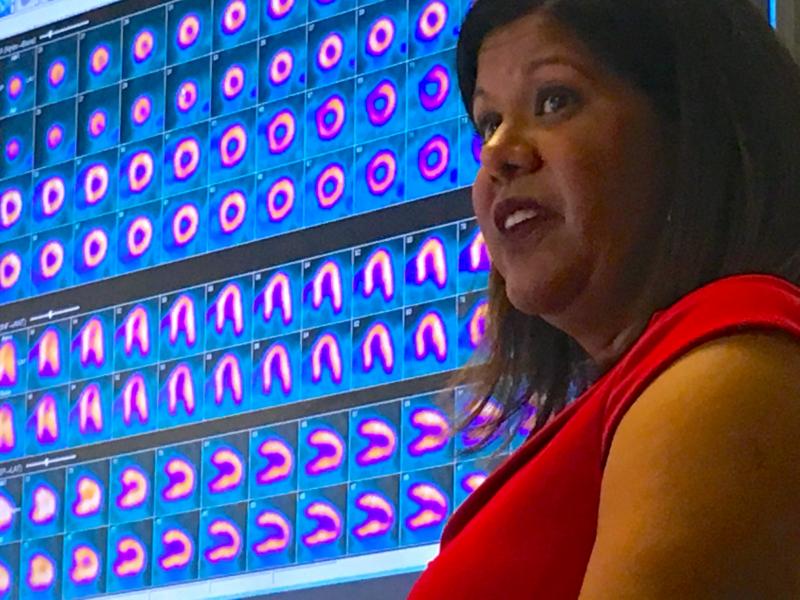
This is a photo essay of new technologies and activities at the American Society of Nuclear Cardiology (ASNC) 2019 ...
Rob Beanlands, M.D., FASNC, 2019 American Society of Nuclear Cardiology (ASNC) president, shares a couple trends he sees ...
Rupa Sanghani, M.D., FASNC, associate professor, Rush Medical College, director of nuclear cardiology and stress ...
June 7, 2019 — The Amsterdam University Medical Center has won MR Solutions’ Image of the Year 2019 award for the best ...
June 5, 2019 – BGN Technologies, the technology transfer company of Ben-Gurion University (BGU), introduced a novel ...
May 17, 2019 — Biopharmaceutical company CellPoint plans to begin patient recruitment for its Phase 2b cardiovascular ...
This week, cardiologists learned for the first time they have been examining black holes for decades and did not know it ...

Raza Alvi, M.D., a research fellow in radiology at Massachusetts General Hospital, has been involved in a study of a ...
March 5, 2019 — Siemens Healthineers’ new Biograph Vision positron emission tomography/computed tomography (PET/CT) syst ...
February 13, 2019 — At the 2019 Healthcare Information and Management Systems Society (HIMSS) global conference and ...
December 5, 2018 — Subtle Medical announced 510(k) clearance from the U.S. Food and Drug Administration (FDA) to market ...

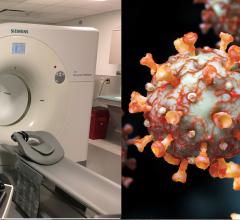
 April 03, 2020
April 03, 2020




